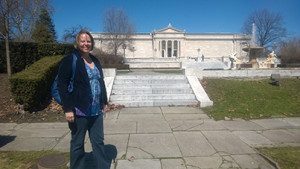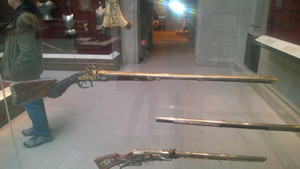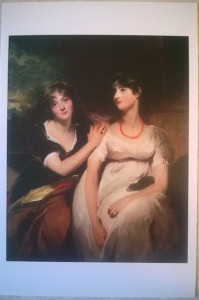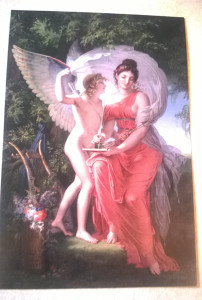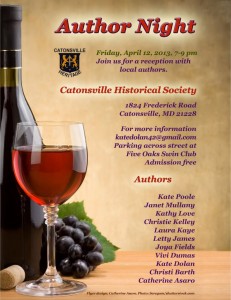May 5 was the 200th anniversary of the death of Napoleon Bonaparte. He died on St. Helena, a remote island in the Atlantic off the west coast of Africa. Once the resident of the opulent Tuileries Palace, Napoleon ended his days in Longwood House, a damp, windswept house on St. Helena.

In my books, Napoleon is usually depicted as a megalomaniac tyrant who thought his military genius was superior to the Duke of Wellington (How could he?). He was certainly that, but this week, I must also acknowledge that Napoleon did achieve monumental things.
The Napoleonic Code was certainly the greatest of these achievements. His rule rewrote and revised civil law into a clearly written, accessible form that has strongly influenced laws of other European countries, as well as other countries around the world. The code established equality for all (male) citizens. For the first time since classical antiquity, the code decriminalized same sex sexual activity, as well as other private acts between individuals, like blasphemy, witchcraft, heresy, sodomy.
Napoleon also created a national bank, cut taxes, reformed education, and guaranteed freedom of religion, even for the Jews, ending restrictions imposed on them. He supported the arts and the sciences.
Because he wanted Paris to rival the grandeur of ancient Rome, he improved the roads, built monuments and fountains, bridges and canals. He improved the city’s water and sewer systems. Some of his improvements include the Arc de Triomphe du Carrousel, the column in Place Vendôme, and beginning construction of the Arc de Triomphe.
There is no doubt that Napoleon in his prime was a man of great genius, as well as high energy, confidence and ambition. Unfortunately his thirst for power overcame good judgement. Had his army not met Wellington’s in Spain, had he not invaded Russia, had he not underestimated Wellington and the Allies at Waterloo who knows what other great things he might have done?
What do you think? Do Napoleon’s accomplishments outweigh his thirst for power? How should we be remembering him 200 years later?
And now for an amusing change of subject, but still about Napoleon, take a peek at this video.

